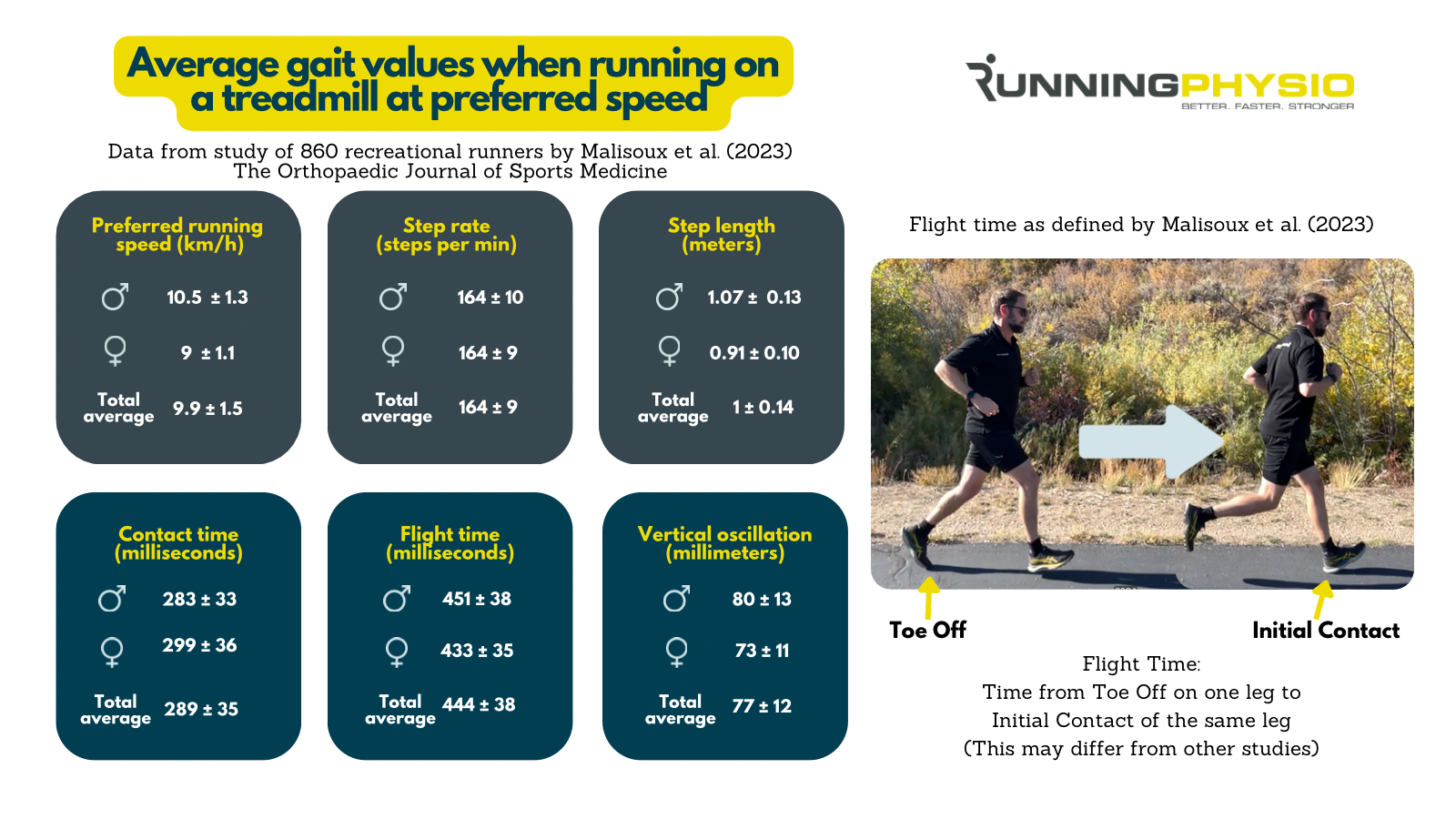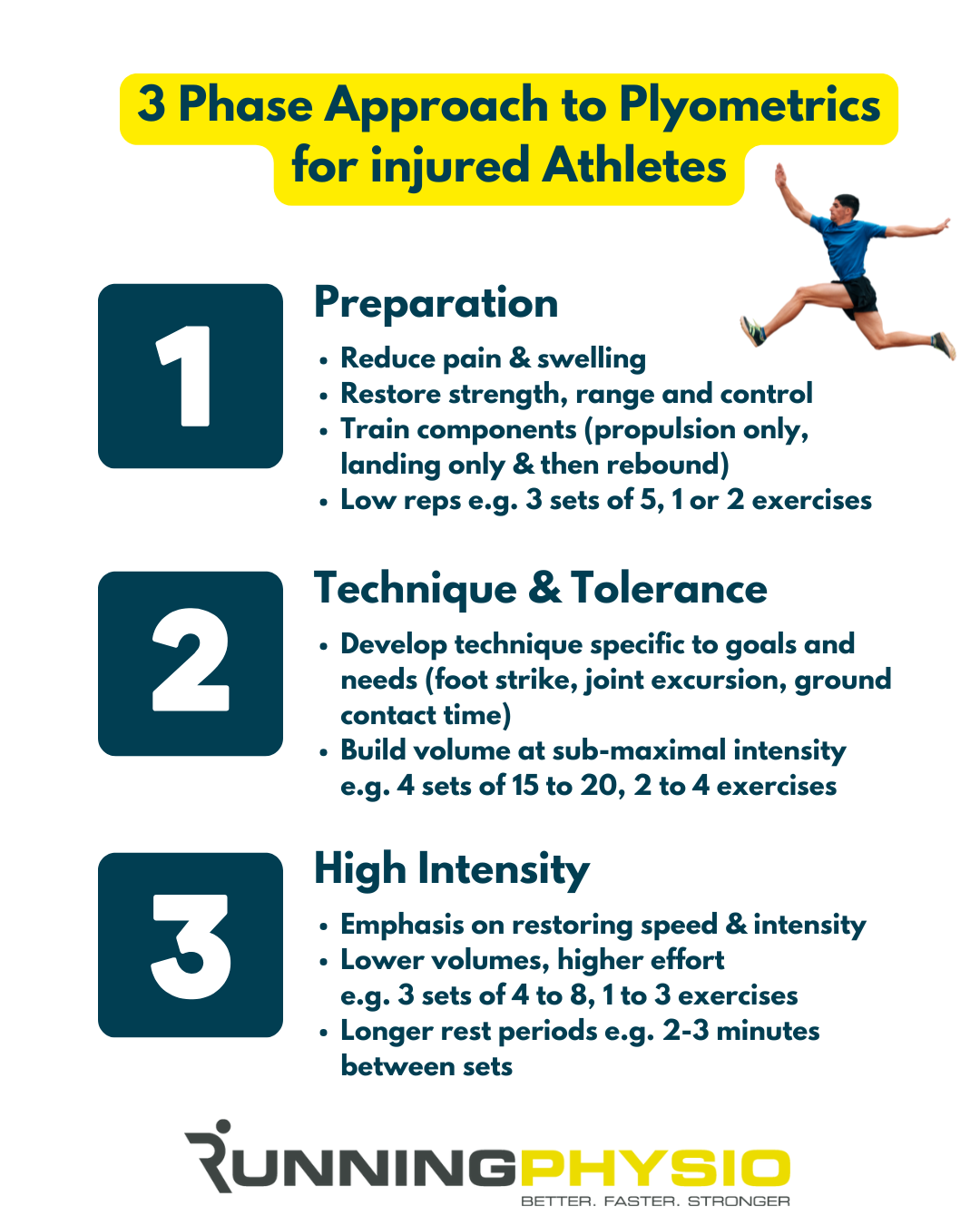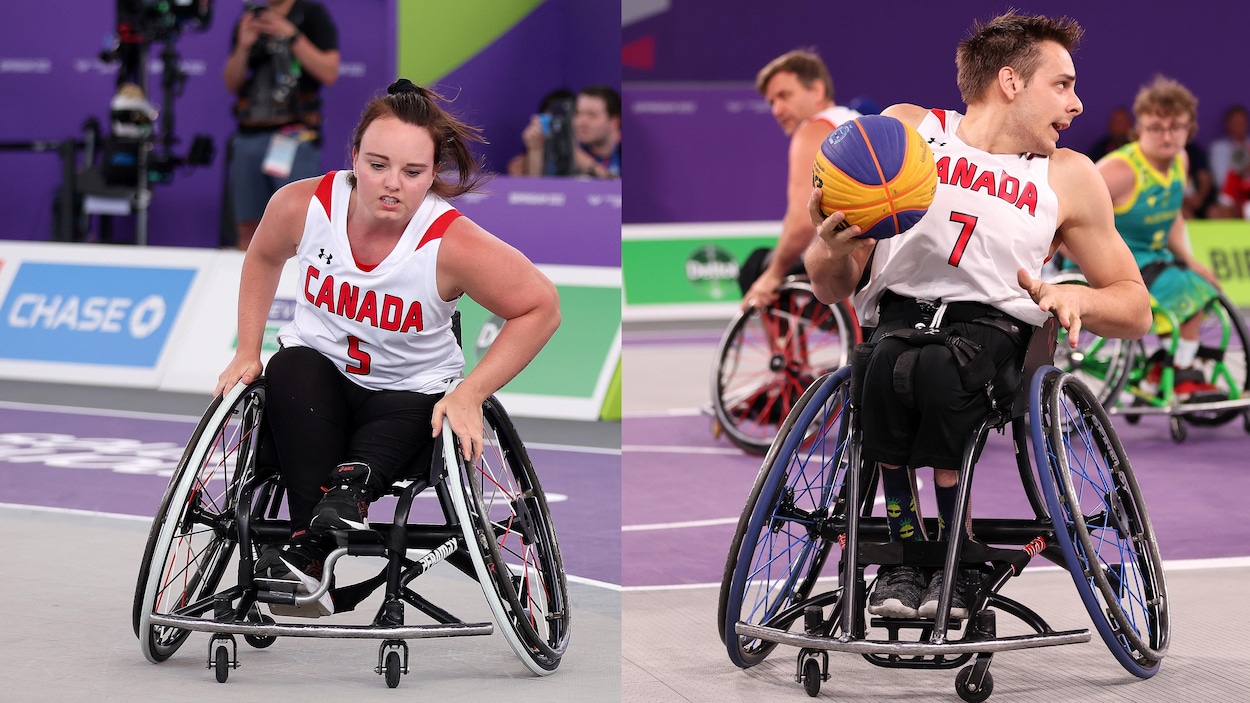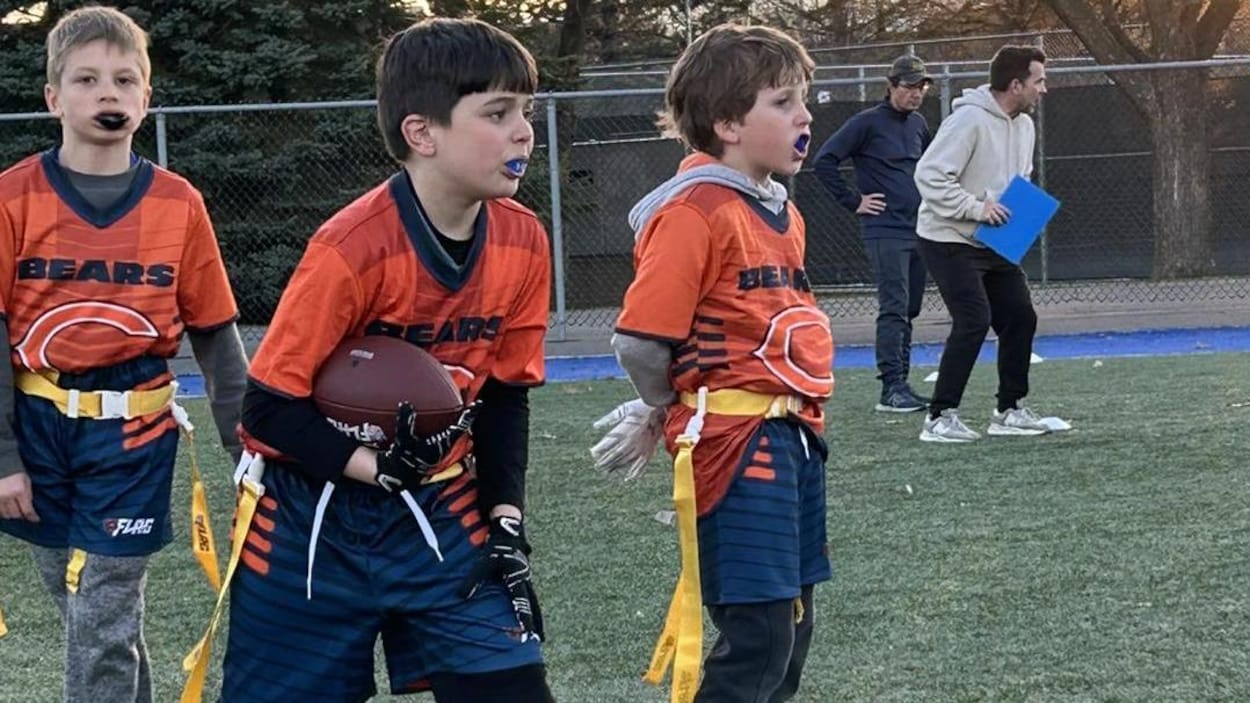PROTECT YOUR DNA WITH QUANTUM TECHNOLOGY
Orgo-Life the new way to the future Advertising by AdpathwayInterval training might sound intimidating, but it’s simpler than you think. You’ve probably seen it mentioned in your training plan from everything from a 10k to a marathon, and it’s one of the most effective ways to add variety to your runs while boosting performance.
We asked running expert Anna Harding to break down exactly what interval training is, why it works, and how to get started. Read on for our beginner’s guide, or skip ahead to try our ready-to-use interval training running sessions.
Beginner’s guide to interval training
What is interval training?
First things first. Interval training is basically what it says on the tin. You exercise at different intensity levels for different intervals of time during your workout session. There are an infinite number of interval training running sessions that you can do – I’ve listed some below. But it can be used as a training method for any type of exercise, not just running. HIIT is a really popular type of interval training that you may have already heard of – High Intensity Interval Training.
What are the benefits of interval training and running?
Interval training is great for improving your aerobic and anaerobic endurance, increasing your VO2 max and improving your overall running performance.
It also can help you to mentally prepare for a PB effort, as you get used to working at a higher intensity on your runs before race day.
And even if you’re not aiming to run faster, it can be a great way to add interest to your running routine, especially if you’re struggling with motivation for longer runs.
How often should I be doing interval training?
Interval training should be just one of your weekly sessions. You don’t want to go out and run all of your runs as intervals, as that’s a recipe for disaster when it comes to injury. Make sure you give yourself rest days around your harder intervals sessions too.
Does interval training have to be high intensity?
Not at all! Interval training can be alternating between high intensity paces, like sprinting and race pace, but it can also be alternating between walking and running. Do make sure that you keep moving, though: standing still to recover after a higher intensity interval could make it more difficult to start or lead to an injury.
How long should my interval training session be?
On paper, it might look like an interval session won’t take as long as your standard run – and that’s OK! You’ll be working harder than a steady state run, so it’s totally fine if you run for less time, or for less distance.
Don’t forget to factor in a good warm-up and cool down too, which is even more important than with a normal run. Running at speed puts a lot of strain on your muscles, including your heart, and if you don’t warm up properly, you run a greater risk of getting injured.
How do I plan an interval training session?
Once you’ve picked out the type of interval training you’d like to do, you want to find an easy way to follow your plan as you run. You can do this manually, by checking timings on your watch, but I’d recommend downloading an interval timer app on your phone.
If you have a GPS running watch, you can also often programme in your session. Either way, this will mean that you can just follow the notifications from your phone or watch, rather than counting reps or trying to time yourself.
How do I make interval training more interesting?
Vary where you do your sessions in terms of location and surface. A change of scenery will make it more interesting, and you’ll get different training benefits from running on different types of terrain (such as grass, track or pavement). Instead of always doing the same duration of reps (such as 4x five minutes) which can be repetitive, try doing of the workouts below like pyramid training, Oregon circuits or fartlekking.
Joining a running club or group can help – running intervals is much easier with a group and you’ll have a coach on hand who has planned the session.
Interval training running sessions
1. Fartlek
Fartlek intervals are sure to raise a snigger or giggle whenever they’re mentioned. Fartlek is, in fact, a Swedish word which means ‘speed play’. It’s a really great introduction to intervals for beginners. It’s also an easy way to incorporate speed work into runs at any level of experience.
The beauty of a Fartlek session is that it is completely unstructured. All you need is some street furniture like lampposts, benches or bins, or trees, hedges or cars to run your intervals. You might run hard from one lamppost to another, and then take it easy from the lamppost to the bin.
‘Hard’ should be measured by your rate of perceived effort (RPE) and should feel around a 7 to 8 out of 10. ‘Easy’ can be either a light jog or a walk, and should feel around 2 or 3 out of 10 for effort.
One common mistake made by runners who want to incorporate Fartlek into their training regime is to structure the workout by running hard for a set amount of time and then easing off for a set time. Doing this isn’t true Fartlek. Instead it’s more like a traditional intervals session or a run/walk, which we’ll come to next..
2. Run/walk (AKA Jeffing)
Many runners will know the feeling of a run getting too hard and needing to stop for a walk break. And there is absolutely nothing wrong with that. But the Run/ Walk method, or Jeffing, as it is commonly referred to, is a little more structured than stopping to walk when you feel tired.
The term Jeffing refers to the running technique founded by US Olympian Jeff Galloway. It uses intervals of running and walking to help runners of all abilities reach their running goals. It is used in most beginner 5K training plans and the beauty of these types of intervals is that they can be done anywhere.
An example of Jeffing is a two-minute run interval followed by 30 seconds of walking before another two-minute run interval, for a total amount of time. It could also be applied to distances. For example, run 0.25 miles, walk 0.10 miles and then run 0.25 miles.
Jeffing can be used with any interval ranges. For example, some may use the Jeffing approach to help them tackle longer distance events by using longer running intervals like a mile or two, and then walking to recover for two or three minutes. Using this method helps prevent burnout later on in a run. You will probably end up finishing your run feeling fresher than if you had tried to run the whole lot in one go.
3. Yasso 800s
Yasso 800s are named after Bart Yasso, an American runner who made this workout popular. It’s great for anyone following a marathon training plan because it can, allegedly, predict your marathon finish time. The minutes and seconds you can hold for the reps are supposed to correlate to the hours and minutes it will take you to complete the marathon.
To do this workout, you first need to know what your goal marathon time is. Then take that time in hours and minutes and convert it to minutes and seconds. You’ll then need to work out the pace you want to be hitting each 100m segment. So if you’re aiming for a 4 hour marathon, then you’d be running 800 metres in four minutes, which would be 30 seconds per 100 metres.
For runners with a goal marathon time of five hours or more, five to six minutes of rest time between the 800m repeats is not recommended. This is not only too much recovery, but it will take too long to complete. If this is your goal marathon time, give yourself three or four minutes of walking or jogging recovery time between intervals.
It’s easiest to do this workout on a track, but if you have a flat 800m stretch of path or pavement, or even a treadmill, then you can try it out there. Start out by running a series of three or four 800m intervals at your goal pace. Take jogging or walking rests in between, which should take the same amount of time. As you build your fitness during your marathon training, you should be able to build up to 10 repetitions.
4. Pyramid intervals
The concept of this session is that you work your way up and then back down a pyramid of intervals. The intervals get progressively longer until you hit the peak of the pyramid, and then get shorter again. You’ll take a walking or jogging break in between each repeat.
There’s a huge variety of ways in which these sessions can be put together to benefit runners training for pretty much any distance. If you have a marathon coming up, then your reps could be as long as 1 mile increments.
You can do this workout using either time or distance. If you’re using distance, it could be easier to do it on a running track, if you can. Here’s an idea of a pyramid session you could run by using time as a measure:
• Warm up
• 1 minute at 5K race pace
• Walk or jog recovery for 1 minute
• 2 minutes at 5K race pace
• Walk or jog recovery for 2 minutes
• 3 minutes at 5K race pace
• Walk or jog recovery for 2 minutes
• 4 minutes at 5K race pace
• Walk or jog recovery for 2 minutes
• 5 minutes at 5K race pace
• Walk or jog recovery for 2 minutes
• 4 minutes at 5K race pace
• Walk or jog recovery for 2 minutes
• 3 minutes at 5K race pace
• Walk or jog recovery for 2 minutes
• 2 minutes at 5K race pace
• Walk or jog recovery for 2 minutes
• 1 minute at 5K race pace
• Cool down
5. Oregon Circuits
Many runners can be guilty of neglecting their strength training. Oregon circuits are a really fun and easy way to incorporate it into your running. This session gets its name from the University of Oregon in America, where it was invented. Oregon is a famous university in the States for producing top-class runners, so we reckon we can trust it!
This workout is best performed on a track, but if you have a flat and straight path, perhaps in a park, or a stretch of pavement that you can use instead, that’s good too.
It can be adjusted to suit you, but essentially, it looks like this: run for a fixed distance or time (for example, 1 minute or 400m), then do 1 minute of a bodyweight exercise. Good exercises to do include planks, squats, and single leg deadlifts. Run back to where you started, then repeat.
A key tip for getting the most out of this session is to focus on the form of the bodyweight exercises. Don’t rush your way through them, but instead focus on staying steady and remaining in control throughout.
6. Strides
Strides aren’t strictly an intervals session, but they do fall into a similar bracket of faster running. They are bursts of speed to get your body fully warmed up before harder efforts or a race.
If you’re training for a longer race, your legs can often get stuck in a bit of rut, because you’re always running at the same paces on your runs and are used to running slower. Strides help break up that monotony and add some lighter speedwork into your routine.
The beauty of strides is that you can also do them in the middle or the end of an easy run. If you’re running on a track, you might look at running around 80m. If you’re out on the road then it’s perhaps easier to measure your strides in time – around 20-30 seconds.
The key to getting strides right is to ease into them. Try not to go off in a dead sprint. The aim of a stride is to run at roughly your mile pace, or approximately 85 to 95% effort.
Start by adding four strides at the end of your shorter easy runs to see how it feels. You can progress this by adding extra reps, up to a maximum of 10. You can also extend the length of them from 100m to 200m, or from 30 seconds to one minute.
Read more about why you should be doing strides.
7. Heart rate intervals
If you have a heart-rate monitor or tracker, you can do intervals based on your heart rate. This is great for beginner runners or those new to interval training, as heart rate training is personal to each person’s current fitness level. Heart rate training interval training alternates periods of high-intensity exercise with periods of lower-intensity recovery, measured by your heart rate itself or heart rate zones.
It does require a little bit of maths ahead of your session to work out your max heart rate and your corresponding zones – our guide to heart rate training will take you through that step by step. Then you can download a heart rate training plan to find how to time your intervals.
Want more inspiration? Check out the 5 Interval Training Session.



















 English (US) ·
English (US) ·  French (CA) ·
French (CA) ·